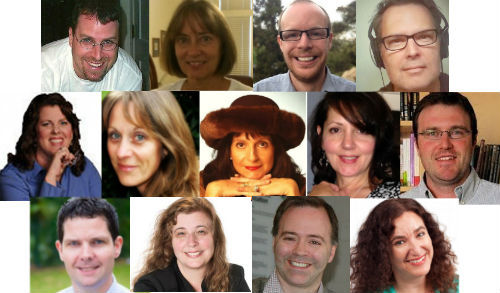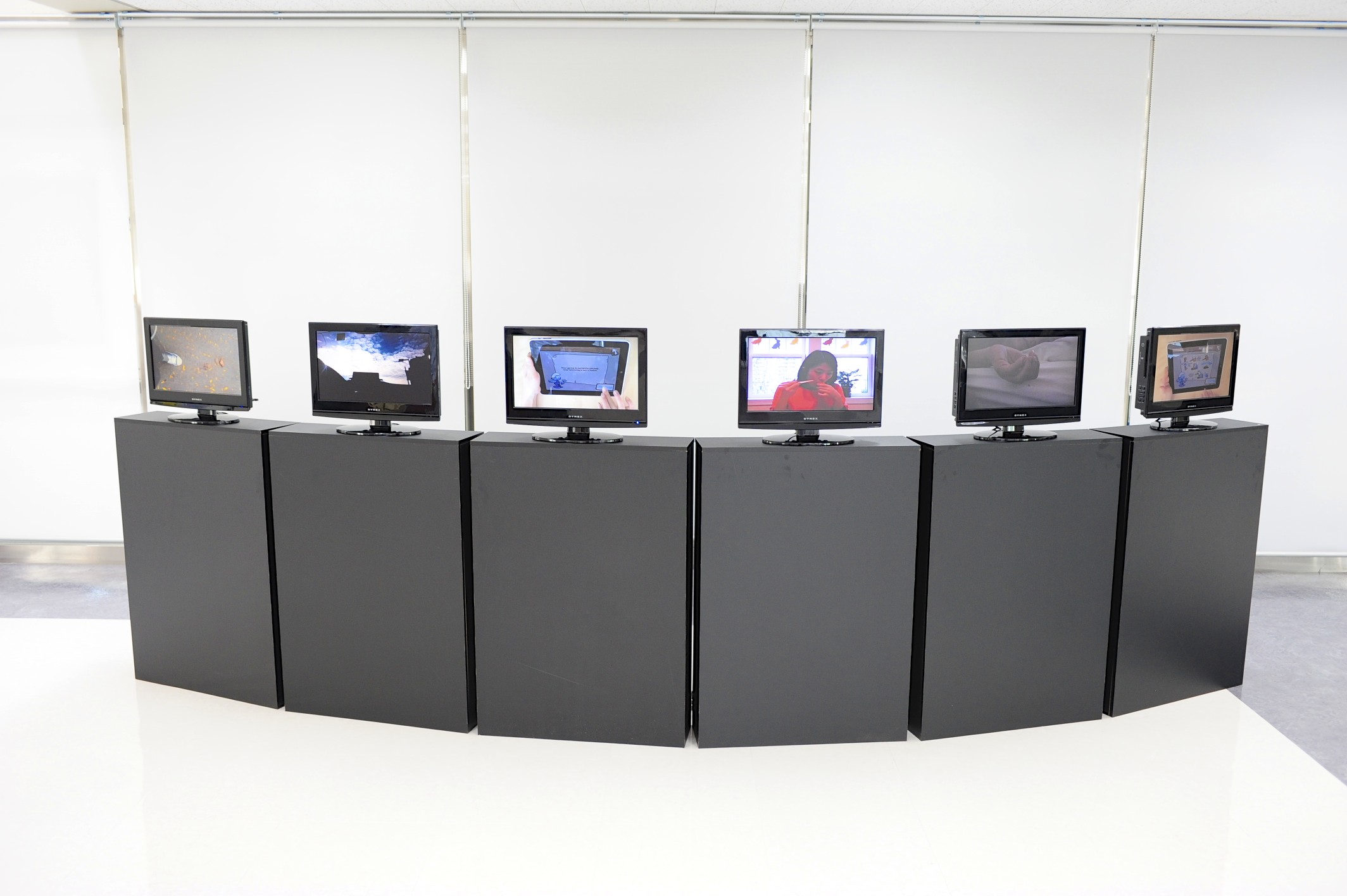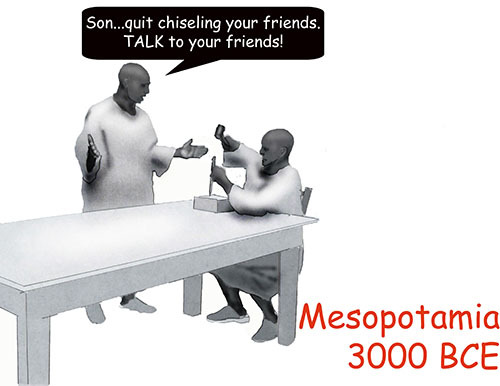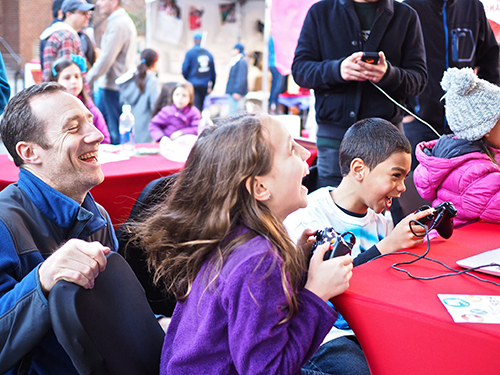
As you will learn from the insightful articles shared by our Top 12 Global Teacher team this month, global literacy starts with educators and parents being curious and interested in learning about the world around them and how it works. Only then can we begin to create truly dynamic educational responses for learning.
This month we posed this question to our teachers: What are the Best Ways for Teachers to Engage Their Classrooms in a Global Conversation?
Here are their answers:
Global literacy is not a “escolha” or an add-on,” says Silvia Tolisano (langwitches); é “part of BEING literate today.” The teacher must be “conectado” e “engaged.” Silvia shares a great list of ways to engage students in global conversations, including taking advantage of one’s own personal connections, utilizing digital tool and amplifying traditional ones. We also enjoyed her great ideas for global projects teachers can organize on their own. Leia mais.
“Children and teens are communicating with people all over the world using skills that 99% of adults cannot comprehend,” says Todd Finley (finleyt). Todd introduces us to some of the young creators driving global conversations – “Take a look, it’s being livestreamed!” Leia mais.
How is New Zealand Connecting Young Learners? Don’t miss Richard Wells’ (iPadWells) new book on NZ’s education system due out in 2016, but in the meantime check out his blog on global conversations and the national initiative, #KidsEdChat, which has introduced thousands of children from 5 and up “to a world of online connections and the learning and impact those connections bring about.” Leia mais.
“Imagine only reading books from one bookshelf, when you have an entire library of great books to read.” Karen Lirenman (KLirenman) strongly believes that teachers should be involved in global conversations before they expect it of their students. So let Karen help you get started. Leia mais.
“Spectacular global conversations materialize when students embrace diverse and sometimes, to American students at least, exotic paradigms.” Check out guest blogger James Sturtevant’s (jamessturtevant) terrific classroom projects that were “instrumental in fostering profound discourse this semester.” Leia mais.
Craig Kemp de (mrkempnz) students come from international backgrounds and, explains Craig, are living in a country that is not “home”. What makes learning “global” for his students? It’s all about engagement. So what are Craig’s top 5 ways for engaging students in a global conversation? Leia mais.
Guest blogger Beth Holland (brholland) may have a New Year’s resolution idea for teachers – “Join a Twitter Chat, hop into a Google+ Community, or subscribe to a LinkedIn Group.” Get engaged in the global conversations, emphasizes Beth, who shares wonderful examples from all around the world. Leia mais.
“We’re building the bridges today that tomorrow will walk across,” says Vicki Davis(coolcatteacher), e “the best way to engage the classroom in a global conversation is to help the conversations become part of the classroom.” Check out Vicki’s “3 Simple Steps to Help Students Become a Global Citizen.” Leia mais.
Tom Bennett (@ Tombennett71), Joe Bower (joe_bower), Susan Bowles (FloridaKteacher), Lisa Currie (RippleKindness), Vicki Davis, Todd Finley, Pauline Hawkins (PaulineDHawkins), Craig Kemp, Karen Lirenman, Adam Steiner (steineredtech), Silvia Tolisano and Richard Wells are A Pesquisa Global para a Educação 2014 Topo 12 Professor global Bloggers.
(Photo is courtesy of iofoto/ Shutterstock.com)


Junte-se a mim e líderes de renome mundial, incluindo Sir Michael Barber (Reino Unido), Dr. Michael Bloco (EUA), Dr. Leon Botstein (EUA), Professor Clay Christensen (EUA), Dr. Linda, Darling-Hammond (EUA), Dr. MadhavChavan (Índia), Professor Michael Fullan (Canadá), Professor Howard Gardner (EUA), Professor Andy Hargreaves (EUA), Professor Yvonne Hellman (Holanda), Professor Kristin Helstad (Noruega), Jean Hendrickson (EUA), Professor Rose Hipkins (Nova Zelândia), Professor Cornelia Hoogland (Canadá), Honrosa Jeff Johnson (Canadá), Senhora. Chantal Kaufmann (Bélgica), Dr. EijaKauppinen (Finlândia), Secretário TapioKosunen Estado (Finlândia), Professor Dominique Lafontaine (Bélgica), Professor Hugh Lauder (Reino Unido), Senhor Ken Macdonald (Reino Unido), Professor Geoff Mestres (Austrália), Professor Barry McGaw (Austrália), Shiv Nadar (Índia), Professor R. Natarajan (Índia), Dr. PAK NG (Cingapura), Dr. Denise Papa (US), Sridhar Rajagopalan (Índia), Dr. Diane Ravitch (EUA), Richard Wilson Riley (EUA), Sir Ken Robinson (Reino Unido), Professor Pasi Sahlberg (Finlândia), Professor Manabu Sato (Japão), Andreas Schleicher (PISA, OCDE), Dr. Anthony Seldon (Reino Unido), Dr. David Shaffer (EUA), Dr. Kirsten Immersive Are (Noruega), Chanceler Stephen Spahn (EUA), Yves Theze (LyceeFrancais EUA), Professor Charles Ungerleider (Canadá), Professor Tony Wagner (EUA), Sir David Watson (Reino Unido), Professor Dylan Wiliam (Reino Unido), Dr. Mark Wormald (Reino Unido), Professor Theo Wubbels (Holanda), Professor Michael Young (Reino Unido), e Professor Minxuan Zhang (China) como eles exploram as grandes questões da educação imagem que todas as nações enfrentam hoje.
A Pesquisa Global para Educação Comunitária Página
C. M. Rubin é o autor de duas séries on-line lido pelo qual ela recebeu uma 2011 Upton Sinclair prêmio, “A Pesquisa Global para a Educação” e “Como vamos Leia?” Ela também é autora de três livros mais vendidos, Incluindo The Real Alice no País das Maravilhas, é o editor de CMRubinWorld, e é um Disruptor Fundação Fellow.
Siga C. M. Rubin no Twitter: www.twitter.com/@cmrubinworld





Comentários Recentes